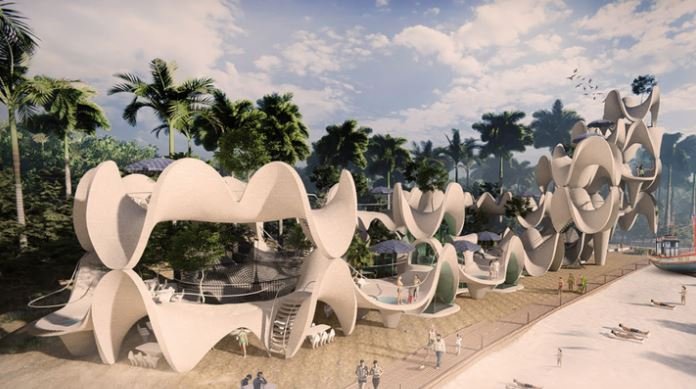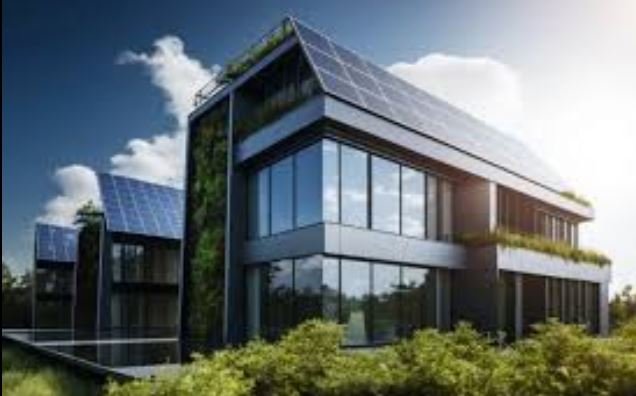Self-Sustaining Structures
Self-sustaining structures represent the future of architecture, combining innovative design and advanced technology to create buildings that operate independently of traditional utility systems. These structures focus on energy efficiency, resource conservation, and ecological harmony, making them essential in addressing modern environmental challenges.

1. Harnessing Renewable Energy
Self-sustaining structures prioritize harnessing renewable energy sources. Solar panels, wind turbines, and geothermal systems are integral components of these buildings. For instance, the Bullitt Center in Seattle generates all its electricity from solar panels. This approach reduces reliance on fossil fuels and lowers carbon emissions, contributing to a cleaner environment.
2. Water Conservation and Recycling
Effective water management is a cornerstone of self-sustaining structures. These buildings incorporate systems for rainwater harvesting, greywater recycling, and efficient water use. The Edge in Amsterdam uses advanced water recycling technologies, significantly reducing water consumption. By reusing water resources, these structures minimize their impact on local water supplies.
3. Waste Reduction and Management
Self-sustaining structures integrate waste reduction and management strategies. Composting systems, waste-to-energy technologies, and materials recycling are common features. The Crystal in London, a sustainable building, recycles 100% of its waste. These practices help reduce landfill use and promote a circular economy, where resources are continuously reused and recycled.
4. Energy-Efficient Design
Energy efficiency is a key characteristic of self-sustaining structures. Passive design principles, such as optimal orientation, natural ventilation, and insulation, reduce energy demand. The Casa Batlló in Barcelona exemplifies this with its natural ventilation system and energy-efficient design. By reducing energy needs, these structures operate more sustainably and cost-effectively.
5. Green Building Materials
Utilizing green building materials is essential for self-sustaining structures. These materials, such as bamboo, recycled steel, and low-VOC (volatile organic compounds) products, minimize environmental impact and enhance indoor air quality. The Bank of America Tower in New York uses recycled and sustainable materials throughout its construction, showcasing how green materials can be effectively integrated into large-scale projects.
6. Integration with Natural Environments
Self-sustaining structures harmonize with their natural environments. Green roofs, living walls, and biodiverse landscapes are common features. Bosco Verticale in Milan incorporates extensive greenery, improving air quality and providing habitat for urban wildlife. This integration fosters a symbiotic relationship between buildings and nature, enhancing both urban and ecological health.
7. Advanced Building Technologies
Advanced technologies are crucial for the functionality of self-sustaining structures. Smart grids, automated energy management systems, and IoT (Internet of Things) devices optimize resource use and operational efficiency. The Edge in Amsterdam, known as the world’s smartest building, uses IoT to monitor and adjust energy usage in real time, ensuring maximum efficiency and sustainability.
Promoting Resilience and Adaptability
Self-sustaining structures are designed to be resilient and adaptable to changing conditions. They can withstand extreme weather events and adapt to evolving environmental and societal needs. By incorporating flexible design elements and durable materials, these structures ensure long-term sustainability and resilience against climate change impacts.
Conclusion
Self-sustaining structures represent a significant advancement in sustainable architecture. By harnessing renewable energy, conserving water, reducing waste, and integrating advanced technologies, these buildings operate independently and harmoniously with the environment. As urbanization continues, self-sustaining structures will play a crucial role in creating sustainable, resilient, and efficient cities. Embracing these innovative designs, we can pave the way for a future where buildings not only coexist with nature but also enhance it.



